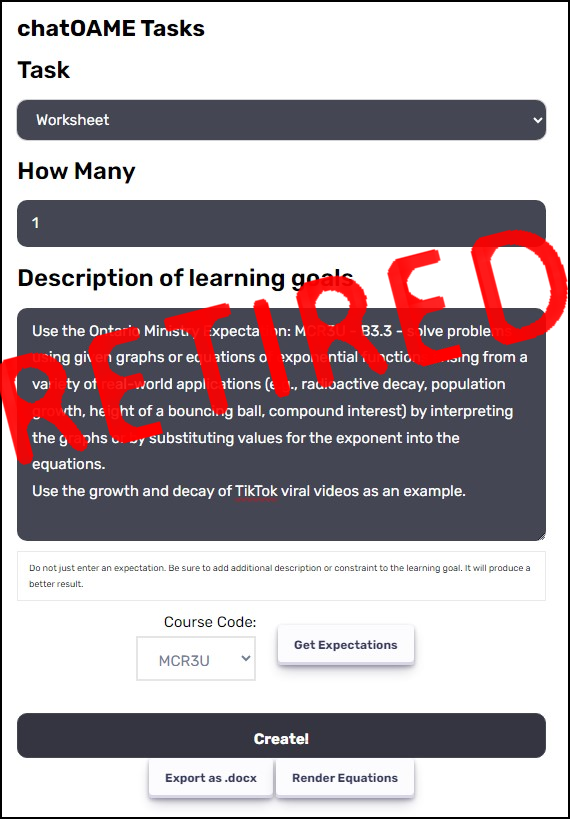Before I start dealing with reflecting on the content of the classes, I’ve got two more aspects of PCMI to mention.
The first is the most productive: The working group.  Each of the teachers is assigned a working group in a topic of secondary mathematics for the afternoon (Wednesdays off) in which they, typically in groups, will produce a product useful to classroom teachers.
Each of the teachers is assigned a working group in a topic of secondary mathematics for the afternoon (Wednesdays off) in which they, typically in groups, will produce a product useful to classroom teachers.
As the person in charge of a group this can be very challenging: these are all energetic, enthusiastic and talented teachers — who all teach in very different classrooms. So what may be appropriate for one school system could fail utterly in another, not just in terms of content but departmental expectations, school standards, etc. As the working group leader I have to steer these folks towards a consensus: a project that is meaningful to them, useful to others, and able to be accomplished in three weeks. Most of the time this takes the form of a lesson plan or activity that is refined throughout the three weeks — I find that too limiting and I’ll discuss what we did in a later post. I will say my group this year (go Discrete Math!) took on a huge challenge and did an amazing job; I was overwhelmed with how they took on their responsibilities and always questioned “how can we do this better, or different?“
We also spend some time looking at different problems in the mathematical area and we’re always fortunate to have 200 world-class mathematicians r unning around in the corridor (well, they don’t run so much as shuffle) to snag for a few hours. It’s funny when you speak to them at lunch and then after lunch realize WHO they really are. They typically stride the mathematical world like colossus and you’ve asked them if they liked the carrot cake! 🙂 We were lucky enough to have Joe Malkevitch (yes, THAT Joe Malkevitch) spend almost two hours discussing problems with us — starting with the Art Gallery problem and then seeing where that took us. That is how lucky we are at PCMI!
unning around in the corridor (well, they don’t run so much as shuffle) to snag for a few hours. It’s funny when you speak to them at lunch and then after lunch realize WHO they really are. They typically stride the mathematical world like colossus and you’ve asked them if they liked the carrot cake! 🙂 We were lucky enough to have Joe Malkevitch (yes, THAT Joe Malkevitch) spend almost two hours discussing problems with us — starting with the Art Gallery problem and then seeing where that took us. That is how lucky we are at PCMI!
The other group of activities I have to mention are the cross-program ones. This is a huge umbrella and can cover things like I mentioned below, James Heibert discussing the TIMSS Video Study results, at least two Clay Scholars every year discussing their work (with us! High school teachers!), Gov. Huntsman (at the time) speaking of math at the state/national level, and even Tom Garrity explaing how “Functions describe the world”. The level and content varies so greatly, an exhaustive list would be its own (rather dull) blog post. Suffice it to say, it’s the kind of opportunity you would have to hang around Harvard for, for at least a few years.
![Reblog this post [with Zemanta]](http://img.zemanta.com/reblog_e.png?x-id=b6fc9e1c-f463-4b69-82c1-ede5aa132bea)


